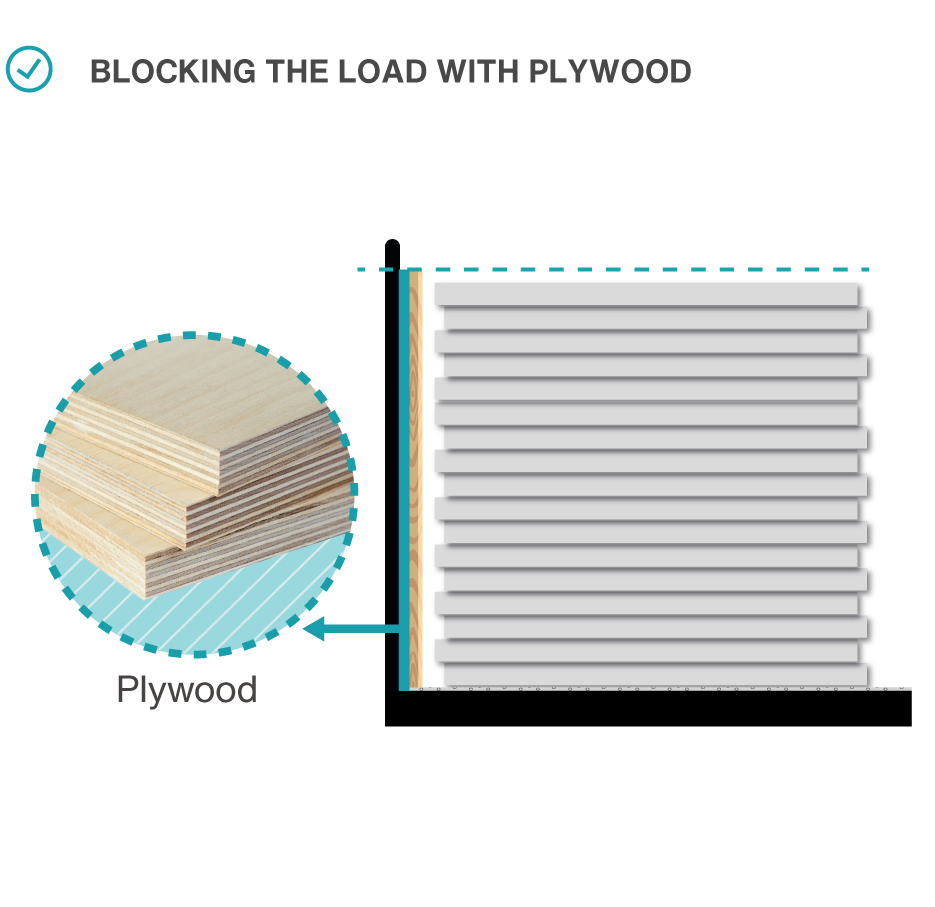Loading Guide - Headboards
Loading Guide - Headboards
National
Heavy
Vehicle
Regulator
This guide is part of a series of loading guides that provide tips and tricks to help you understand good load restraint. More detailed information on the principles covered by this guide can be found on page 149 of the Load Restraint Guide 2025.
What is a headboard?
A headboard is a barrier:
- between the back of the cabin and the cargo area; or
- fitted to the front of a trailer.
Not all trailers have headboards, they are not compulsory. They can be welded to the vehicle structure, or they can be removable depending on the design.
Why use a headboard?
A headboard prevents the load from moving forwards during heavy braking, provided it is strong enough.
Using a rated or reinforced headboard could mean using less restraints required to meet loading standards.
Headboards provide the driver and other occupants of the vehicle with additional safety benefits in the event of an unexpected load shift.
What are rated headboards?
Rated headboards have been designed and certified by an engineer to withstand the forces experienced with transporting loads.
They will usually have a placard fixed to the headboard that details the maximum mass that they are rated to.
If there is no rating stated on the headboard or no supporting documentation, it is assumed to be unrated and therefore any load is considered unblocked.
Tips
- Rated headboards are designed to restrain loads.
- Rated headboards provide added protection for the driver.
- Check the headboard for rating placard, if not found ask your supervisor.
- Using rated headboards requires less restraints.
- Relying on an unrated headboard for load restraint is a risk.
Risks

Good practice

- Tubular headboards can be strengthened by adding additional bracing.
- Transport chain should be used to reinforce tubular headboards.
- The reinforcing chain angle should not exceed 30°.
Risks

Good practice

- Individual items should not be loaded above any headboard or gate.
- Adding plywood to a tubular headboard can help restrain smaller individual items.
- Adding a metal sheet or form plywood will help spread the load.
Risks

Good practice

- Ensure the load is blocked against the headboard.
- Gaps between the load and the headboard should not exceed 200mm.
- Gaps that exceed 200mm should be treated as the load is unblocked.
Risks

Good practice

Case study

This is an example of what can happen with an insufficiently restrained load, heavy braking and an unrated headboard.
The tubular headboard was no match for the 5 tonne steel packs.
If the vehicle was using a rated or reinforced headboard it would have been better equipped to protect the cabin and driver.
When relying on a non-rated headboards as part of the load restraint system, it should be braced with timber pallets or form plywood and chained to the combing rails to increase its strength.

 Accessibility tools
Accessibility tools


